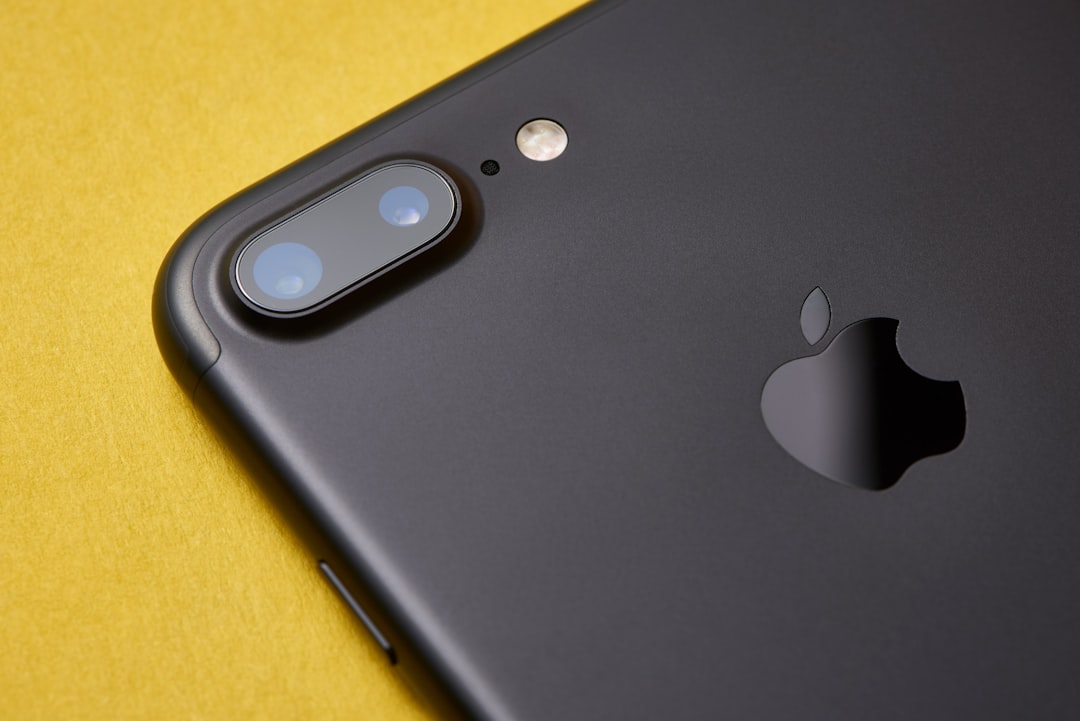Make sure all of your devices have the most recent versions of the same data by syncing them together. Emails, calendars, contacts, and other data can be a part of this. Keeping your digital life efficient & organized requires frequent syncs.
But occasionally, you might have to take a device out of sync—either because you want to start over with a new device or because you no longer use it. The procedures for taking a device out of sync will be covered in this post, along with some advice on how to handle typical problems that might come up. Navigating to the device’s syncing settings is the first step in taking it out of sync. Usually, the settings or preferences menu of the particular app you’re using to sync your devices contains this information. After locating the syncing settings, you must choose to manage devices or un-sync a device.
This usually results in a list of all the devices that the application is currently syncing with appearing. Once you’ve chosen the device to delete, a confirmation prompt will appear. The device will stop syncing with your other devices as soon as it is verified, and any previously synced data will no longer be available on the deleted device. It’s vital to understand that disconnecting a device from syncing only stops it from syncing—it does not erase any data from the device itself.
Depending on which particular app you are using to sync your devices, there may be different ways to access the syncing settings on your device. You will need to access the settings within those particular applications, for instance, if you are using a cloud-based service like iCloud or Google Drive. You will need to access the settings in those programs instead if you are using a third-party syncing tool like Dropbox or Microsoft Outlook.
When an application is open on your device, you can usually find the syncing settings by going to the preferences or settings menu. You ought to be able to select an option for device management or device unsyncing from there. You can try looking through the application’s help files or getting in touch with customer service if you are having problems finding the syncing settings. You must choose the particular device you wish to take out of sync after you have accessed your device’s syncing settings.
This could appear in the syncing settings menu as a stand-alone option or as a subset of the devices that are presently synchronized with the app. To make sure you are choosing the right device to remove, you might want to double-check the model number or device name. Remember that taking a device out of sync will only effect that one and not any other devices that are presently synchronized with the application. It follows that you can unplug one device without affecting the syncing of your other devices. You will usually be asked to confirm the removal after choosing the device you wish to take out of sync.
Making sure you are consciously unplugging the device from the syncing process requires taking this crucial step. Following confirmation, the device won’t get any updates or modifications from your other synced devices, & any previously synced data won’t be available on the deleted device. Since taking a device out of sync cannot be reversed, it is crucial to carefully read the confirmation prompt before moving further. It might be a good idea to back up any crucial data before officially removing a device from sync if you are unsure about the process.
Even though taking a device out of sync is usually a simple procedure, there are a few typical problems that could occur. One frequent problem is being unable to access a particular device’s syncing settings. Please consult the application’s help documentation or get in touch with customer support if you need help locating the syncing settings. Inadvertently unsyncing the incorrect device is another frequent problem. To ensure that the device is correctly connected to your other devices and to sync, you might need to remove & re-add it if this occurs. To prevent this problem, make sure you verify the device name or model number one more time before confirming the removal.
Try restarting the application or your devices to see if that resolves any other problems you may be experiencing when removing a device from sync, such as error messages or syncing failures. You might need to get in touch with the application’s customer support if the problem continues. Finally, keeping your digital life efficient and organized can be facilitated by the easy process of unsyncing a device. You can make sure that your devices are properly synchronized & that any extraneous devices are eliminated from the syncing process by adhering to these instructions and troubleshooting tips. Finally, remember to periodically check your synced devices and eliminate any that are unnecessary or not in use.
This can guarantee that your data is current across all of your active devices & help avoid clutter and confusion during the syncing process. You can ensure that your digital life functions smoothly and effectively across all of your devices by maintaining organization & being proactive with your syncing settings.

